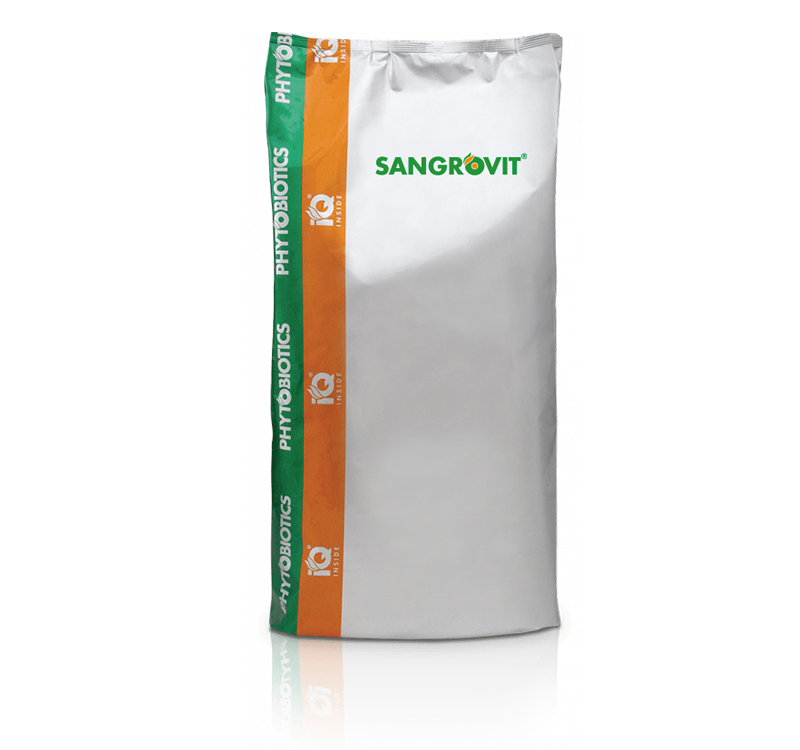Vibriosis in aquaculture
What is the problem?
"Sudden" outbreaks of diseases of microbial origin in valuable aquatic farmed species (fish and crustacea) cause significant economic consequences for the aquaculture industry worldwide, due to increased mortality and reduced performance. Furthermore, medical treatments of sick animals raise scepticism of consumers about aquaculture’s quality and credibility.
One of the most devastating bacterial diseases for aquaculture is called vibriosis. This disease can be caused by over 20 species of the gram-negative Vibrio bacteria., such as V. vulnificus or V. parahaemolyticus. These microorganisms also have zoonotic potential and can become a serious threat for human health, as they accumulate in the reared animal’s flesh.
Antibiotic treatments to reduce the negative impacts of vibriosis can lead to undesirable side effects, such as toxicity to the reared animals, and increase the environmental impact. Furthermore, it was reported that some pathogenic Vibrio strains are resistant to several antibiotics. This raises the growing need for new effective prophylactic methods to reduce the use of antibiotics with their undesirable side effects in modern aquaculture.
Characteristics of vibriosis
Vibrio-related infections frequently occur in hatcheries but can affect all stages of life in fish and shrimp. Vibrio spp. are ubiquitous bacteria. They are present in surrounding water but are also part of the natural microflora of healthy animals and become opportunistic pathogens when natural defense mechanisms are suppressed. Stressors, such as poor water quality, inappropriate diet composition, overcrowding, presence of other micro- or macro-organisms and abrupt temperature changes are the most important factors triggering immunosuppression and finally vibriosis outbreaks.
The bacteria can use the skin, gills and gastrointestinal tract as the portal of entry, but, most commonly, the infection develops by penetration through wounds in the animal’s body surface, which in fish is the skin, together with the mucus, and in shrimps is the exoskeleton (cuticle). The integrity of these physical and chemical barriers is directly affected by gut health.
Clinical signs of vibriosis
Vibriosis in fish usually starts with dermal ulceration, which, if untreated, is followed by systemic infections and septicaemia. The infection manifests in lethargy, anorexia, abnormal swimming, ulcerative and haemorrhagic skin lesions, abdominal distension, exophthalmia or “pop-eye”, gill necrosis, darkened skin, and death.
In shrimp, systemic vibriosis typically results in lesions of the cuticle, cloudy muscle tissue, formation of septic nodules in the lymphoid organ, heart, gills, hepatopancreas, antennal gland, nerve cord, telson and muscle, brown or black lesions on the cuticle, appendages or gills, and tail necrosis. Affected postlarvae may often display brown gills, cloudy and/or septic hepatopancreata – characterised by atrophy of the hepatopancreas with multifocal necrosis and haemocytic inflammation, loss of the epithelium of the midgut, and many more.
Potential control and prevention measure against vibriosis
Since Vibrio spp. need adherence and multiplication in the host, a combination of the following control and preventive measures should be implemented to prevent the disease development:
- Good water and feeding management.
- Reduction of stress factors in farms such as high stocking densities, temperature, salinity and handling during the sizing, vaccination etc.
- Routine monitoring of the farm for early diagnosis.
- Implementation of effective biosecurity procedures:
- Resistance breeding
- Restocking with resistant species
- Introduction of fish fry from disease-free hatcheries and/or disinfection of eggs and larvae. - Vaccination
- Antibiotic treatments only if inevitable, taking care to prevent resistance.

About the author
Dr. Zoltan Gregus studied animal breeding and obtained his PhD on fish nutrition at the University of Bonn, Germany. After gaining experience in Aquaculture for many years, he now manages the application of Phytobiotics products in this industry, applying his expertise on the specificities and potential challenges linked to this sector.
La solución natural para la acuicultura sostenible
Nuestra línea de productos Phytobiotics Sangrovit® garantiza una ingesta constante depiensos durante períodos difíciles, lo cual es esencial para el correcto funcionamiento del tracto digestivo, aumentando la eficiencia en la utilización de nutrientes y asegurando un excelente rendimiento animal. Varios estudios han demostrado la contribución positiva de Sangrovit® en la mejora del rendimiento y la integridad intestinal de diferentes especies acuáticas.


